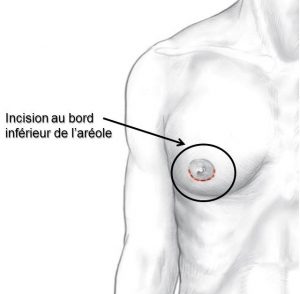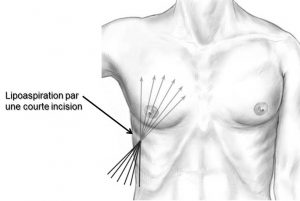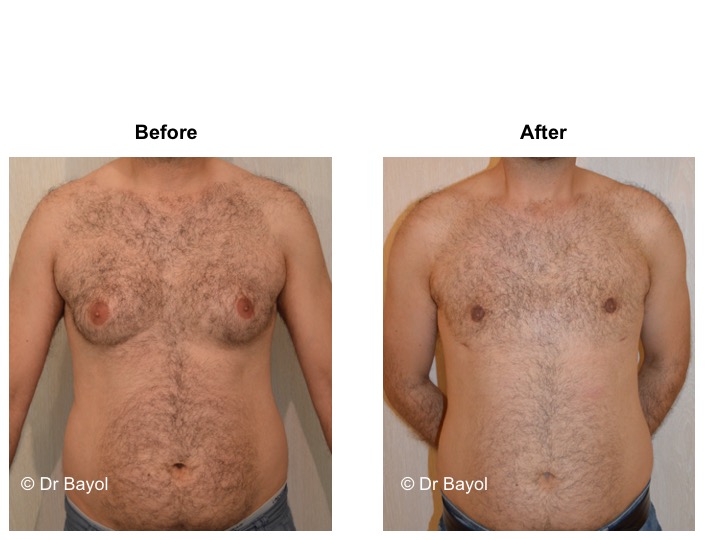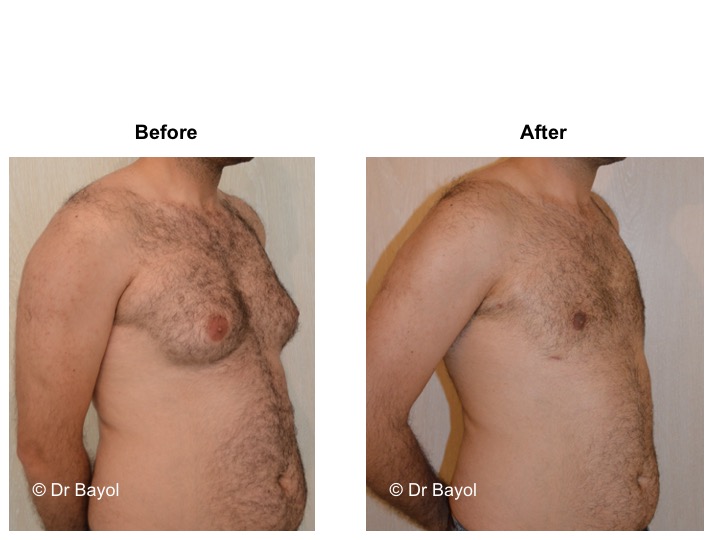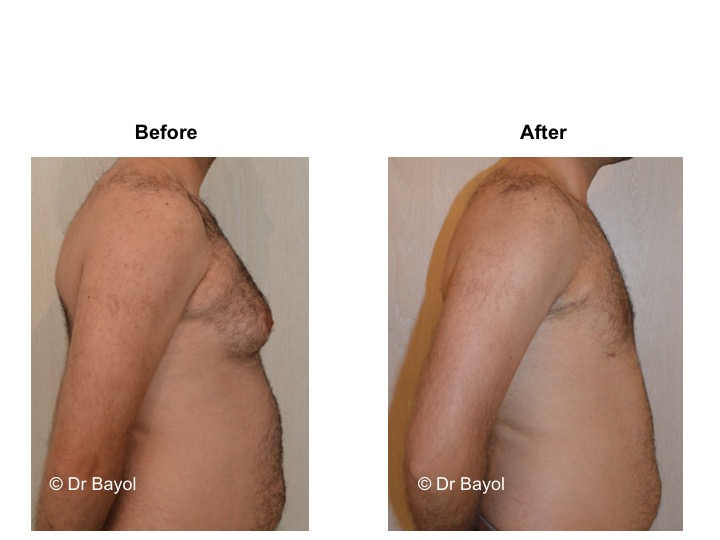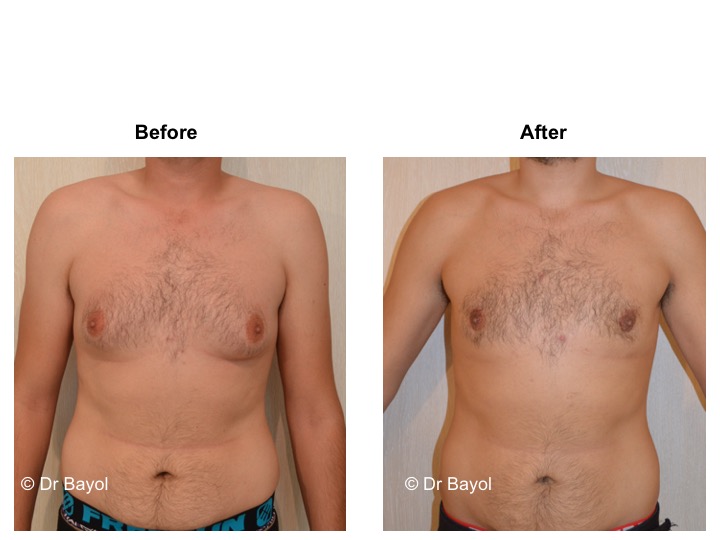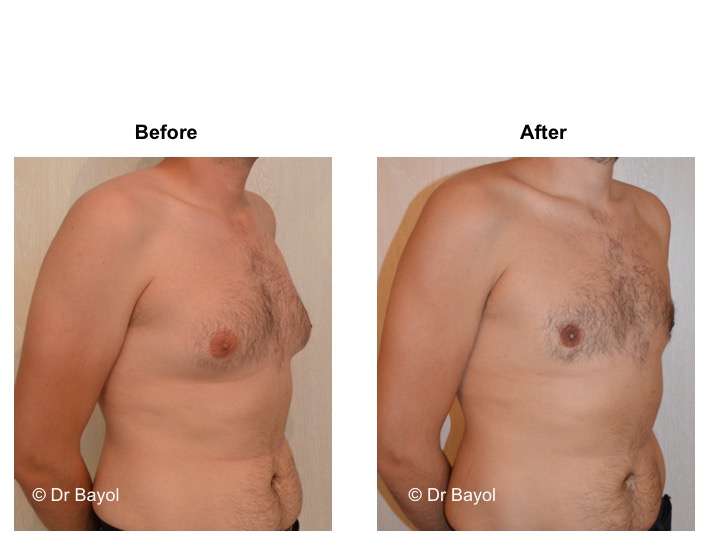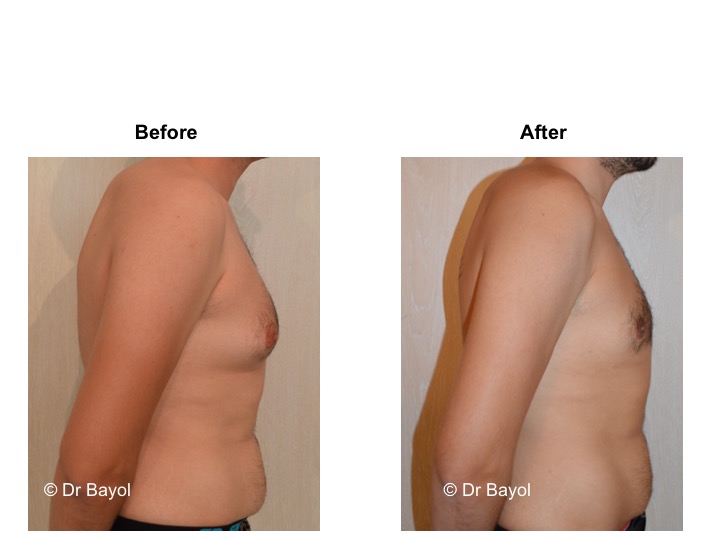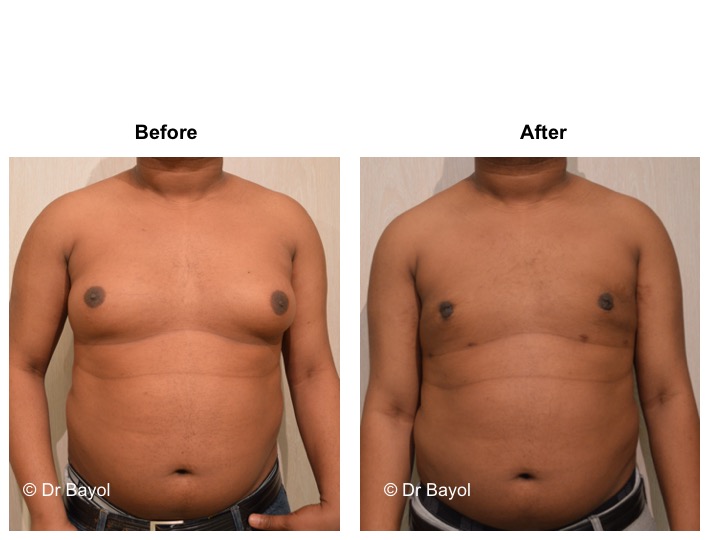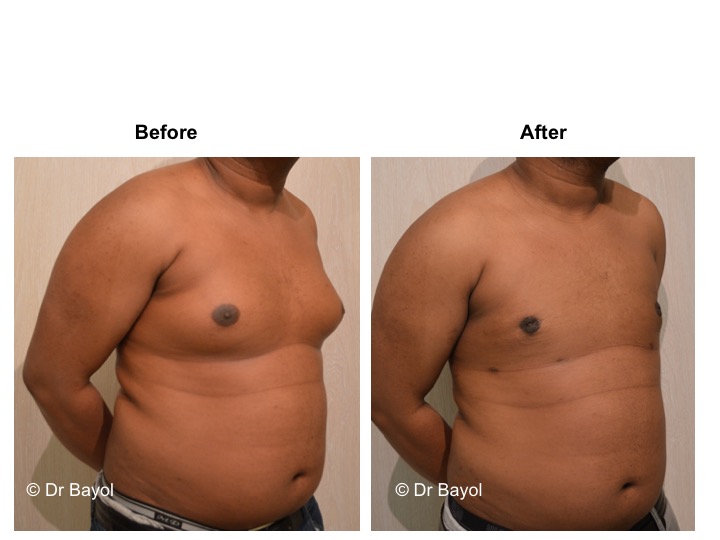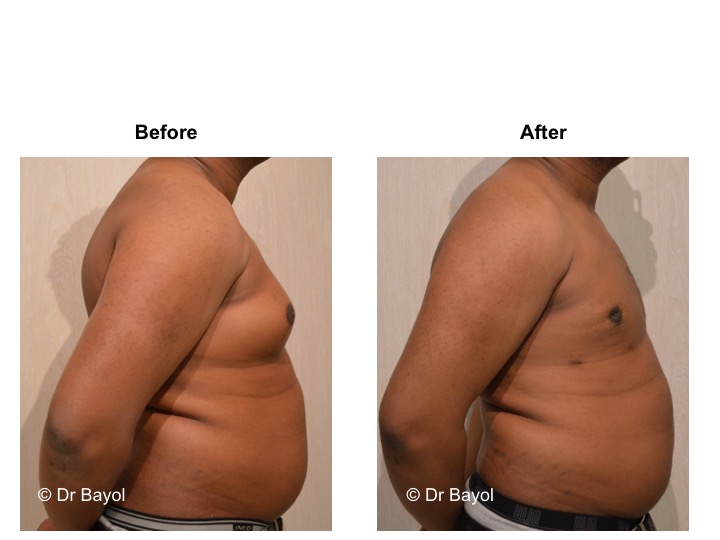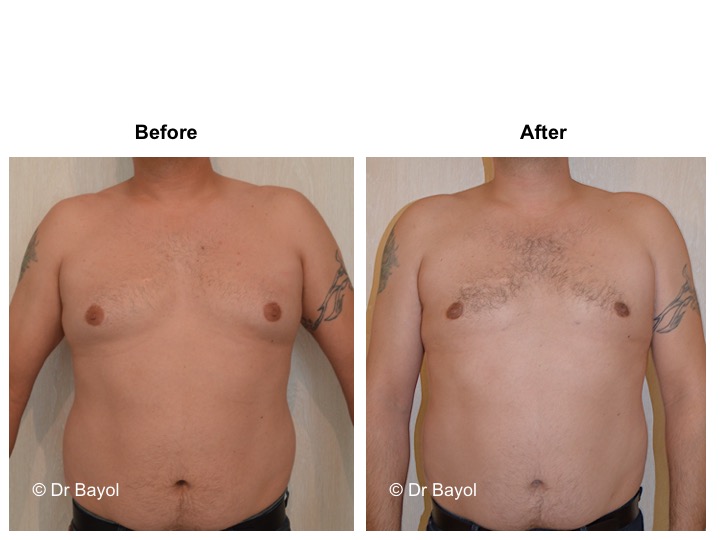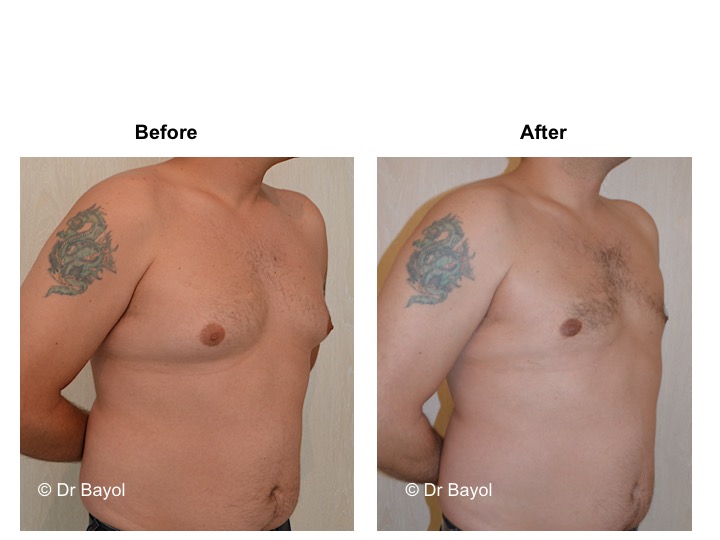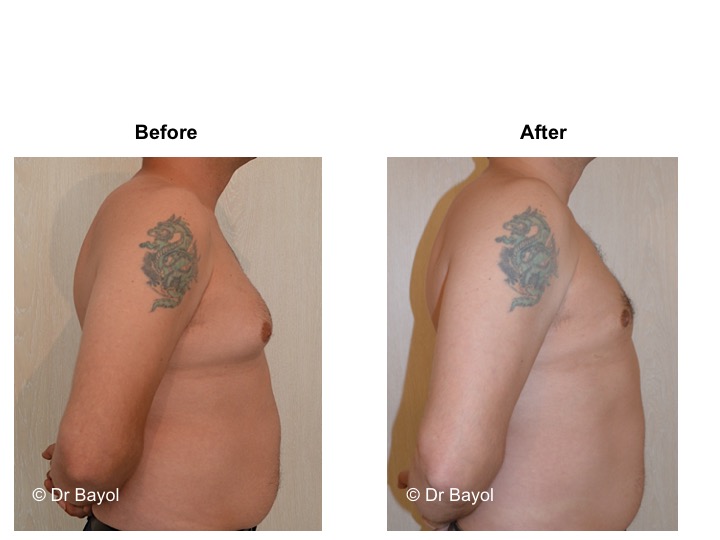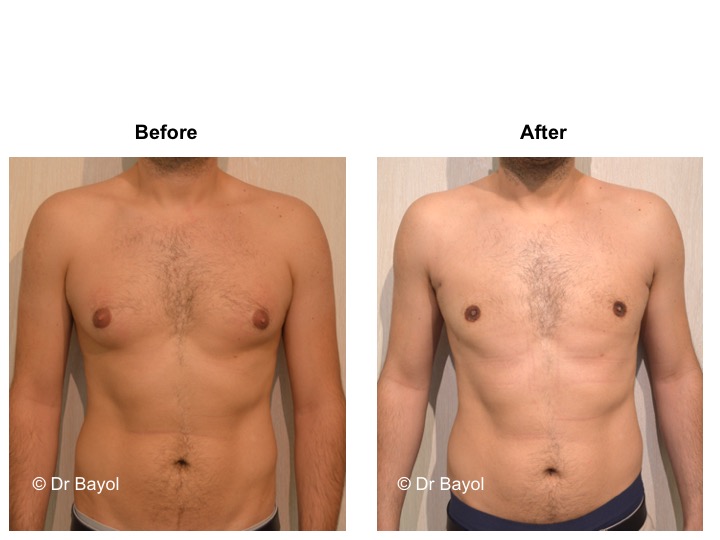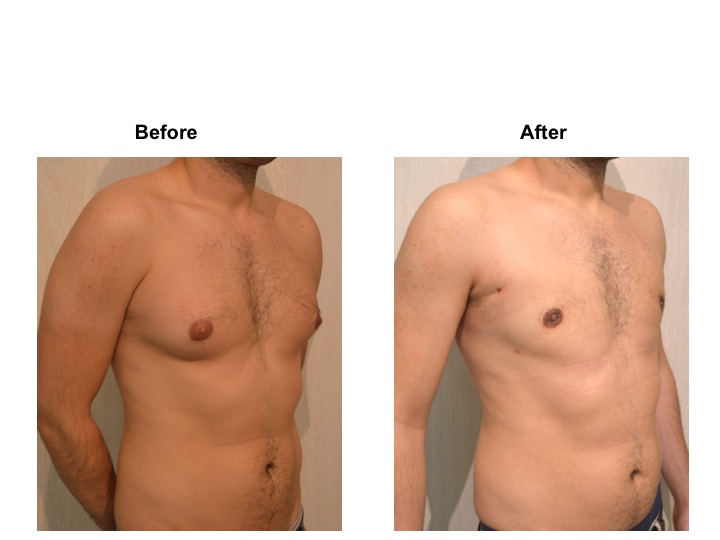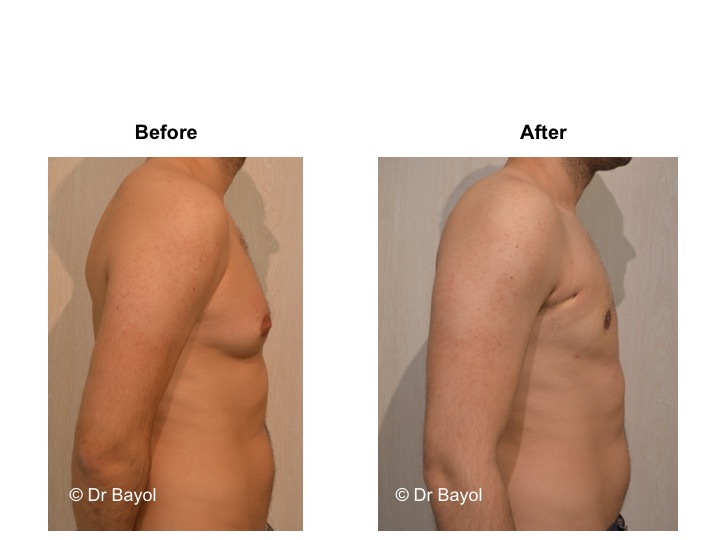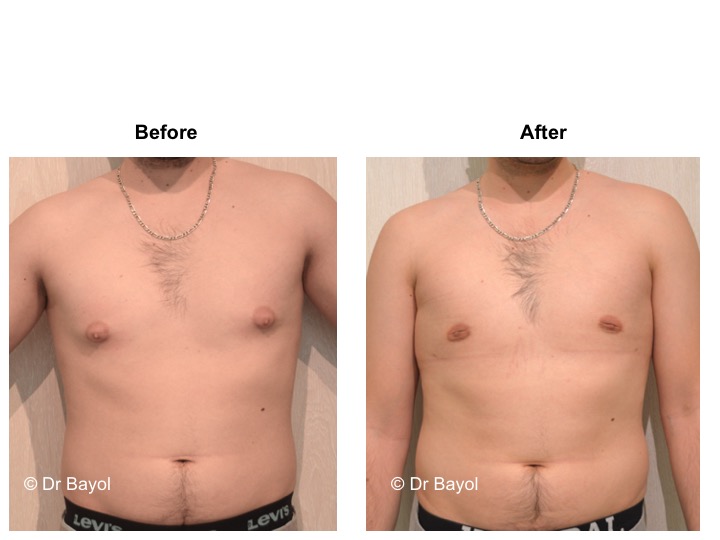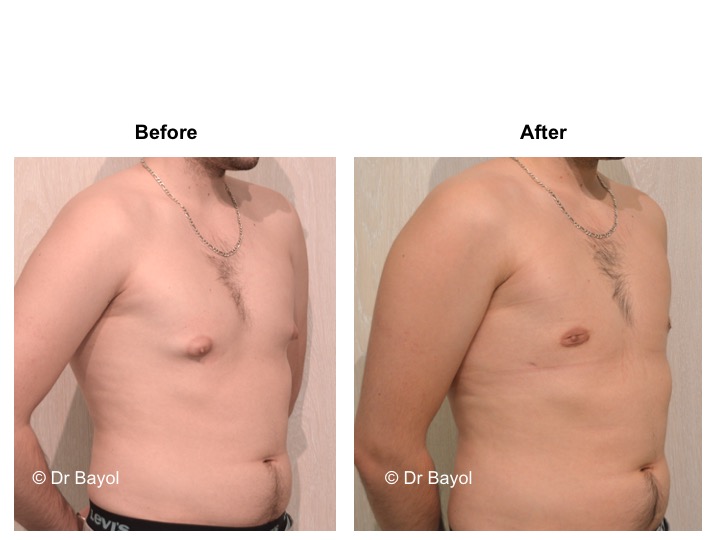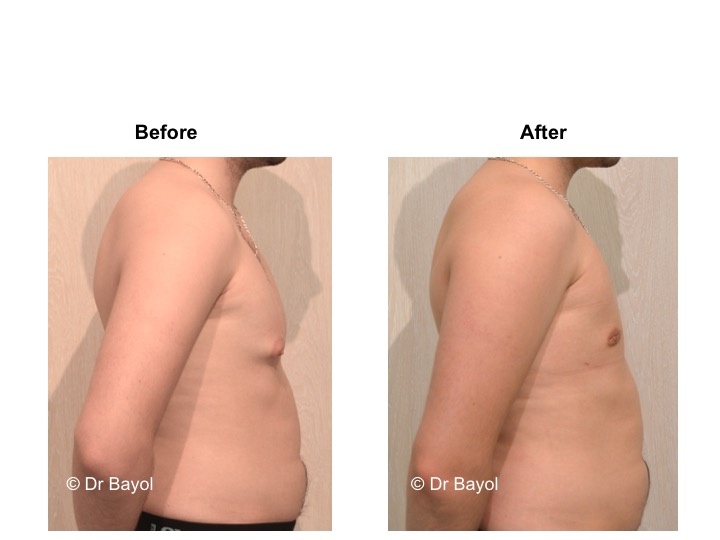GYNECOMASTIA TREATMENT
Gynecomastia corresponds to the increase in the size of male breast tissue. Most often there is no direct cause to this phenomenon. However, it may be related to the taking of a drug, a disease, or a tumor. Gynecomastia has to be differentiated from the adipomasty, more frequent and related to overweight. In both cases, the procedure’s principle is to reduce the breast size and to remove the excess gland.
> all about GYNECOMASTIA <
GYNAECOMASTIA COSMETIC SURGERY IN MONTREUX, LAUSANNE AND GENEVA (SWITZERLAND)
A gynecomastia corresponds to an increase in the volume of the mammary gland in the man’s body. Most often, there is no cause for its occurrence. Sometimes it can be connected to an abnormal and excessive hormonal activity, or to certain medications.
Before considering any procedure of cosmetic surgery, a check-up to search the cause must be performed. Most often this assessment will include hormonal assays and radiological examinations (thoracic radiography, testicular ultrasound, mammography). This check-up will make it possible to diagnose a lesion of the lungs, a tumor of the testicle, a tumor of the pituitary gland (hormonal gland within the skull) or a breast cancer. When the cause is found, it will have to be treated. This will most often make the gynecomastia regress.
In the case of a male adolescent, an increase in breast volume causes a very important psychological discomfort, physical complexes and withdrawal. Gynecomastia can also be very painful.
It should be noted that the mammary gland is normally present in men’s body, but it is almost invisible since it is reduced to a simple mammary bud. The mammary gland can sometimes develop if the hormonal environment is conducive.
If the biological and radiological assessment does not find any cause, a cosmetic surgery can be considered. To do so it is paramount that the patient is in good physical and psychological form. This surgical procedure is called gynecomastia treatment.

